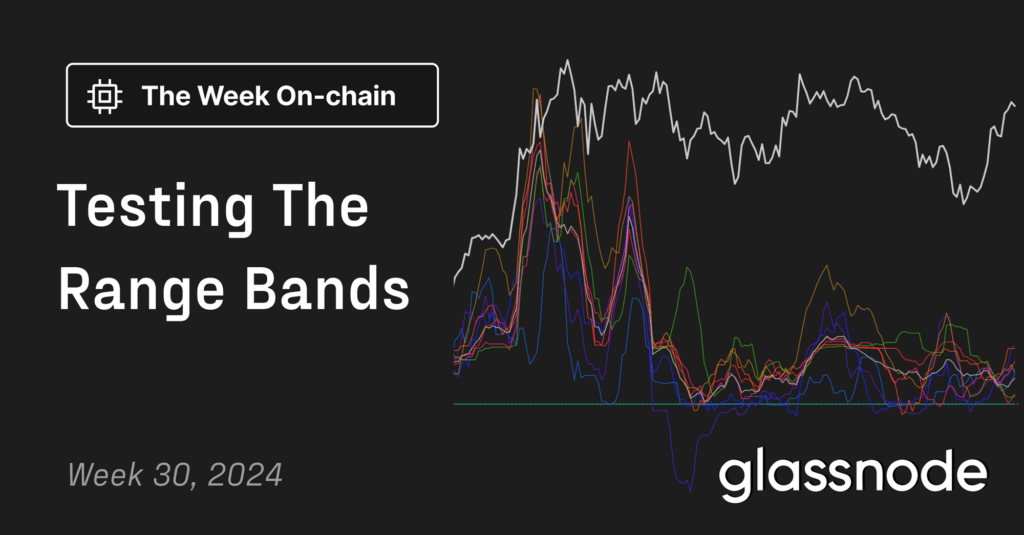Research Summary
The report delves into the debate between modularity and integration in the context of blockchain technology. It critically examines the hidden costs of modular systems, focusing on developer complexity, execution speed, transaction costs, flexibility, and the concept of restaking. The analysis questions the prevailing assumption that modularity is the primary way that blockchains will scale, highlighting the trade-offs and complexities involved.
Key Takeaways
Modular Systems Increase Developer Complexity
- Complexity Challenge: Modular systems substantially increase the complexity that application developers must manage, leading to difficulties in building.
- Technical and Social Complexity: The complexity is both technical and social in nature, affecting interfacing with other applications and state management.
- Leading Frameworks: Frameworks like the OP stack are leading in modular systems but come with their own challenges and complexities.
Modular Chains Don’t Execute Code Faster
- Performance Misconception: Separating data availability (DA) and execution doesn’t inherently improve performance but can reduce the cost of compute by centralizing execution.
- Throughput Limitation: Modularity alone doesn’t increase throughput, and the separation of functions doesn’t intrinsically accelerate either DA or execution.
- Horizontal Scaling: Modularity allows for the proliferation of many EVMs to run in parallel as roll-ups, but this doesn’t address the fundamental premise of separating DA and execution.
Modularity Increases Transaction Costs For Users
- Fragmented State: More asset ledgers lead to fragmented state, resulting in less liquidity, more total gas consumption, and more duplicative computations across asset ledgers.
- Impact on DeFi: Fragmented state is strictly bad for DeFi, creating more complexity for developers and more costs for users.
- User Experience: The creation of more asset ledgers compounds costs and challenges for users, especially in the context of DeFi.
Flexibility Is Overrated
- Flexibility Debate: While modular architectures are more flexible, the importance of this flexibility is often overrated and doesn’t necessarily add value.
- Specific Use Cases: Only a few specific use cases require flexibility, such as apps that leverage “hot” state, chains that modify consensus, and infrastructure that leverages threshold signature schemes.
- Trade-offs: Launching new asset ledgers for flexibility often creates technical and social complexity with minimal gains for application developers.
Restaking Is Not Necessary To Scale DA
- Restaking Argument: Some proponents argue that restaking can scale the crypto ecosystem infinitely, but this is a speculative argument and not necessarily a solution to scalability.
Actionable Insights
- Consider Developer Complexity: Recognize the hidden cost of modular systems in terms of increased complexity for developers, and evaluate whether the benefits outweigh the challenges.
- Assess Performance Needs: Understand that modularity doesn’t inherently improve performance and evaluate the need for separating DA and execution based on specific requirements.
- Minimize Transaction Costs: Consider the impact of modularity on transaction costs and user experience, especially in the context of DeFi, and strive for solutions that minimize fragmentation.
- Evaluate Flexibility: Assess the real need for flexibility in the system and recognize that launching new asset ledgers for flexibility often creates more complexity with minimal gains.
- Understand Restaking: Approach the concept of restaking with caution, recognizing that it is not necessarily a solution to scalability and requires careful consideration.











